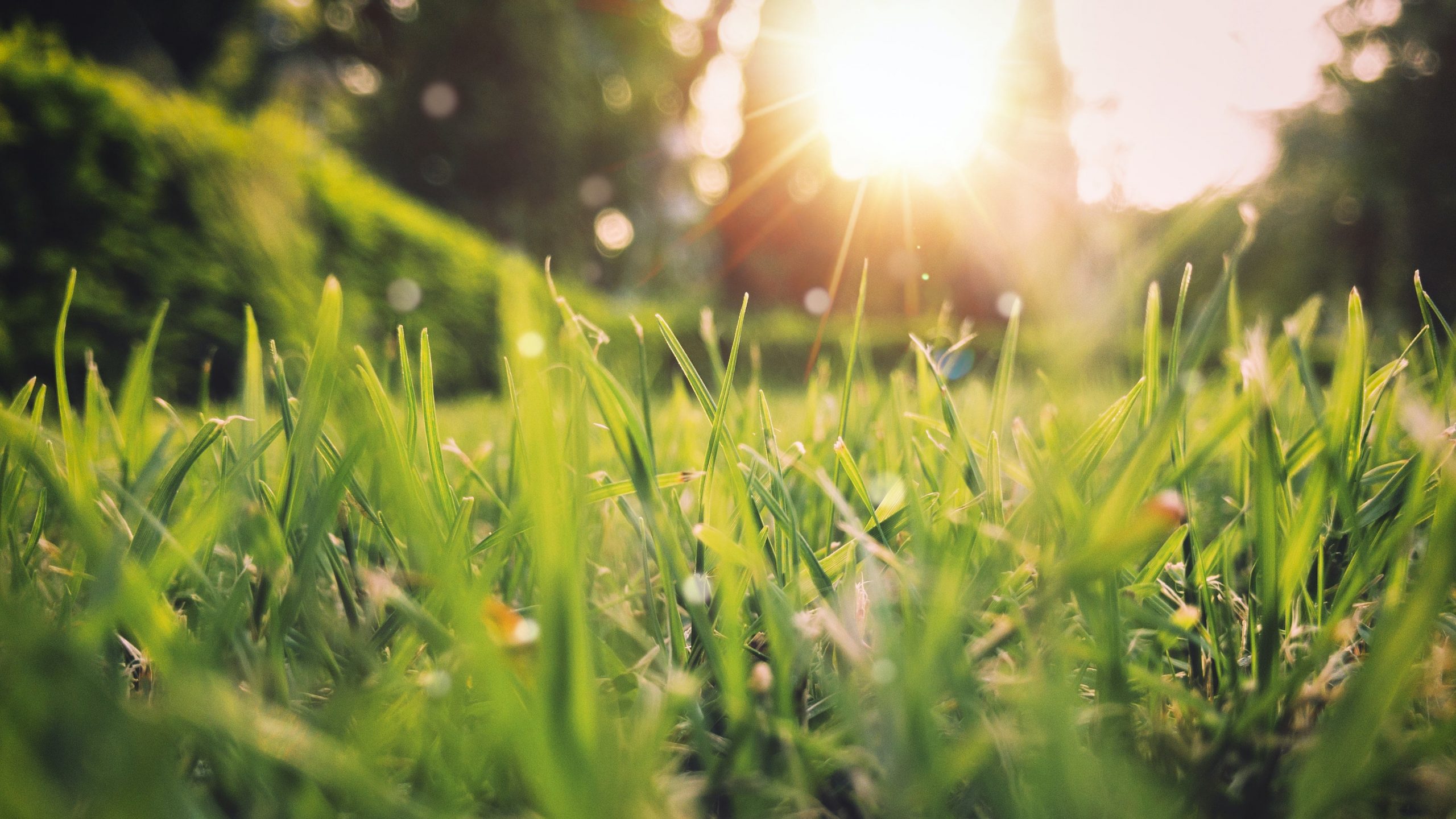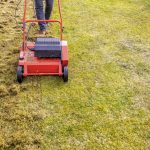Wondering how best to take care of your lawn in each different month of the year?
In this guide, we’ve put together a lawn care calendar for UK lawns. We’ve explained what to do with your grass in each month of the year, to help keep your lawn as healthy as possible.
Contents
Spring lawn care guide
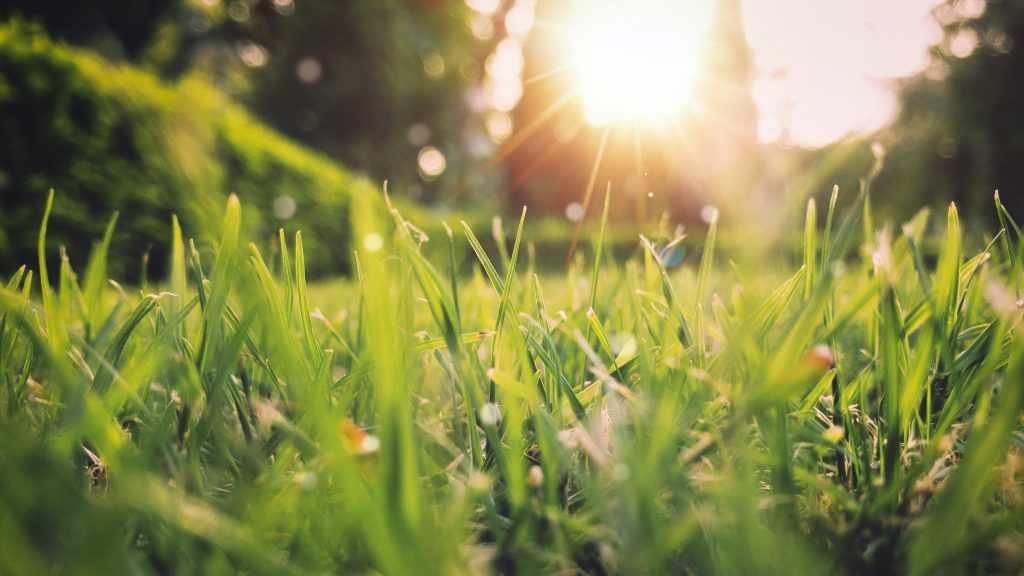
If spring has sprung, that means your lawn is coming back to life after dormancy in the winter months, and your lawn care activities can begin for the year.
March
In March, your lawn should see some decent growth, and you might like to mow the lawn for the first time after the winter.
When mowing your lawn for the first time in a given year, set the cutting height nice and high – ideally, as high as it can go. Be gentle on your lawn as it comes out of dormancy, and give it a larger number of infrequent cuts, rather than taking off too much at once.
If you scalp the lawn, or cut it too short, this makes it easier for weeds to take hold, especially at this time of year. It can also damage the grass if you get frost, which is certainly possible in March. When the lawn is frosty, ensure not to walk on it to keep it healthy.
You may also want to treat any moss outbreaks on your lawn in the month of March. Remember, if you’re scarifying your lawn, it’s often a good idea to kill off any moss first. If you scarify when the moss is still alive, this can spread it over your lawn, which you obviously don’t want to happen.
April
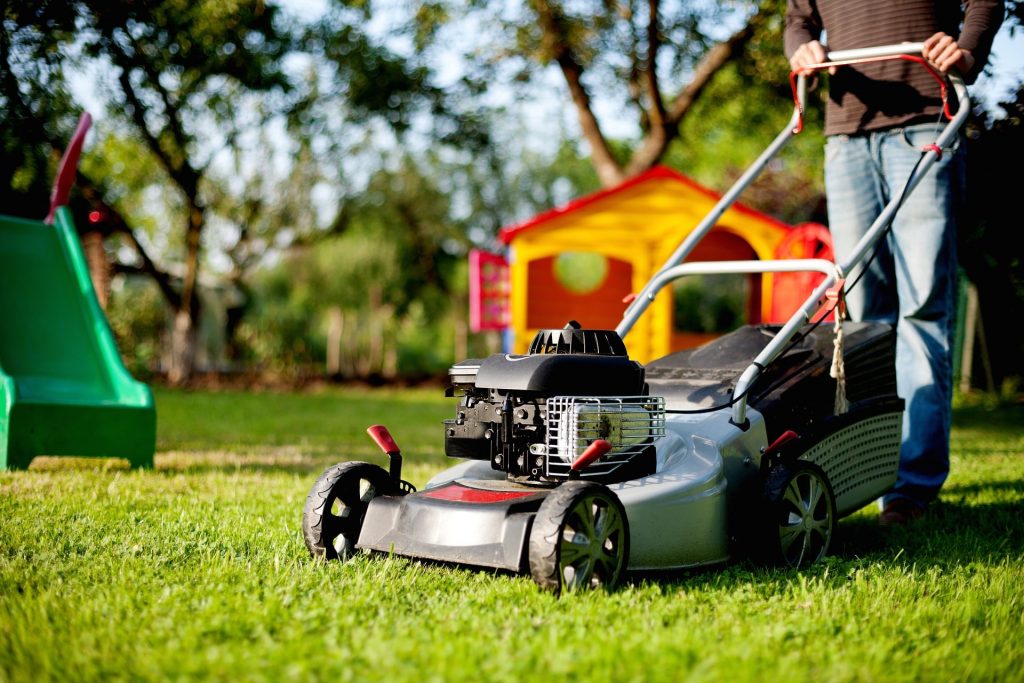
In April, you’ll need to begin mowing the lawn a bit more often. Keep the cutting height nice and high, but feel free to lower it a tiny bit if the lawn is growing nicely. You should mow every week or so, depending on the weather.
During mid-spring, you can also overseed the lawn to improve grass density and fix bare patches. However, this can also be done during the autumn as well. Essentially, overseeding is best done when the weather isn’t too hot, nor too cold, and there is plenty of rain to keep the seeds moist. If you’re having a very cold April, you might like to wait until May.
You can also consider aerating the lawn in late April, assuming you’ve had the final frost of the year. This will help to improve the health of the lawn’s root system, allowing more air and water to reach down into the soil. Water the lawn prior to aerating, as this will make the process much easier when the soil is soft.
April also offers a good opportunity to scarify your lawn. At this time of year, your grass has plenty of time to recover from scarification before the summer, when it gets too hot. Therefore, as long as your lawn is otherwise ready for scarification, April is a good time to get the job done. Read our scarification guide to learn more about when to scarify your lawn.
You might want to consider top dressing the lawn at this time of year, for example with a spring fertiliser. You can also apply weed killer if you have a particular problem with weeds. April is a good time to get both of these activities out of the way before you begin to use the lawn more in the late spring/summer.
May
Your grass growth should accelerate even further in the month of May. At this point, you can begin taking off more grass each time you mow the lawn, although it’s best to avoid cutting more than a third of the height of the lawn at a time.
May is the month where you can do some final preparation for the upcoming summer, and make your lawn look as good as possible. If you’ve done major maintenance items in the previous two months of spring, such as overseeding and scarifying, you can begin to get to the more fun parts of the lawn care calendar in May.
This means you can do things like:
- Mowing stripes in your lawn with a roller mower
- Trimming the edges of your lawn with a lawn edger, to make them look as neat as possible
- Cut the grass shorter, provided it’s healthy
You can also begin to worry less about foot traffic on the lawn, unless you’ve recently scarified it, applied top dressing/fertiliser, or used moss killer.
Summer lawn care guide
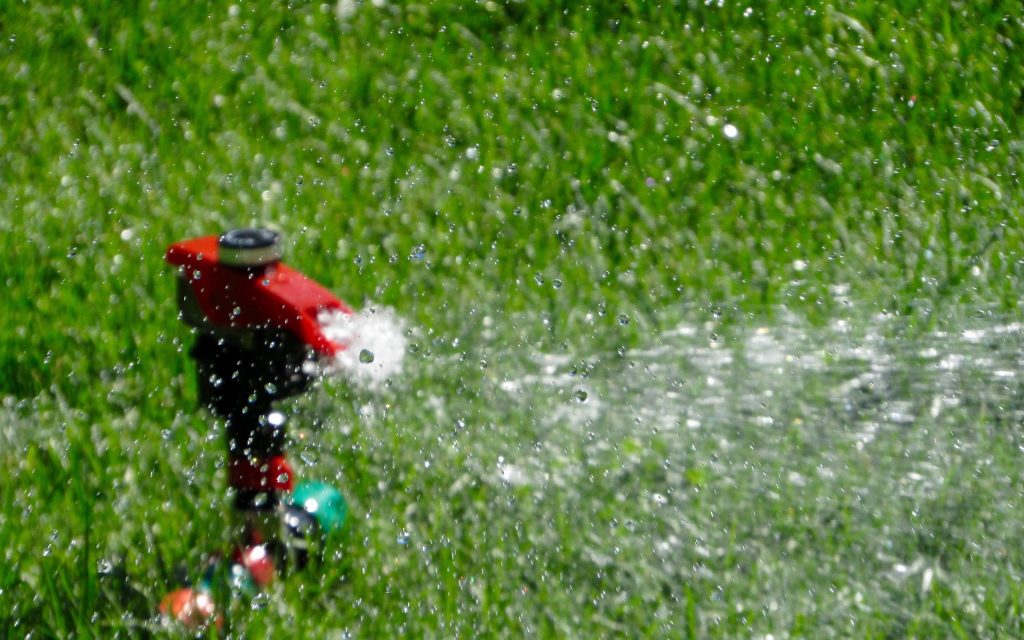
Summer is the warmest time of year, which means your grass needs plenty of water during dry spells. You also need to keep on top of weeds, and ensure that you’re not getting bare patches due to excessive foot traffic.
June
In June, the weather will warm up even more, and you will need to mow the lawn even more frequently – about twice a week if you’re getting decent rain. You can also lower the blade height if you’d like to make your mowing more efficient.
As the summer begins, it’s also important to keep on top of any weeds that begin to grow. Weeds typically start growing in the Spring, but you can really see this begin to accelerate in June, depending on the weather. Ensure to pull weeds out as soon as possible, and consider using weed killer if you’re comfortable with doing this. You can also use more natural weed-killing methods, such as boiling water, if you’d prefer.
July
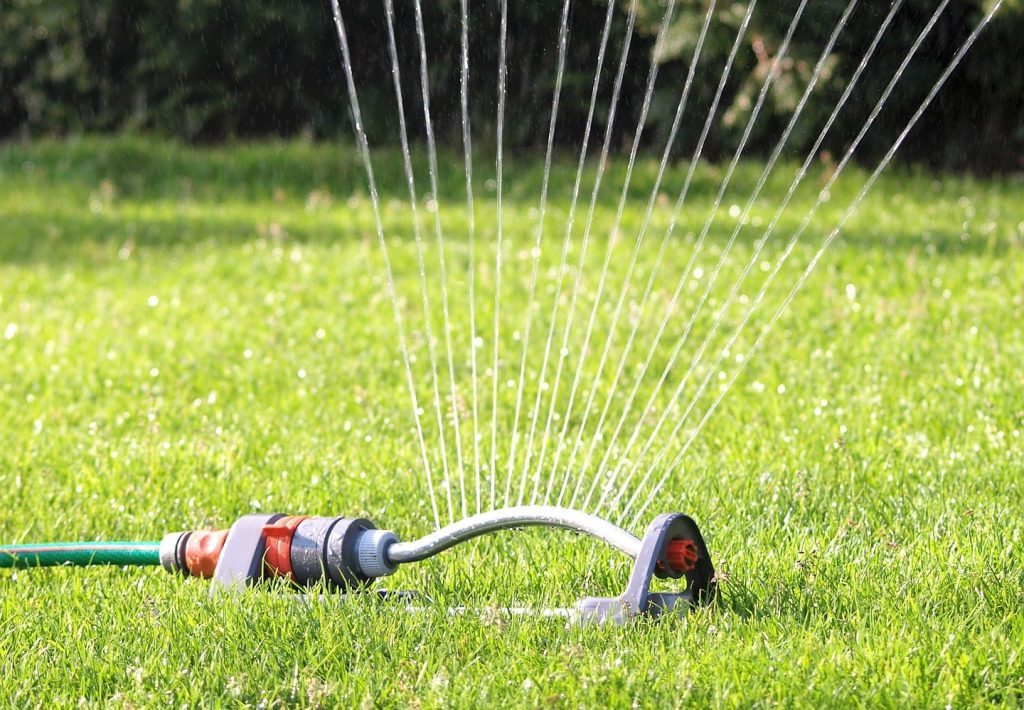
In the mid-summer, it’s important that your grass doesn’t get dehydrated. You may need to consider watering the lawn with a sprinkler if the weather has been particularly warm and dry for an extended period. The best time of day to do this is around 9-10am, allowing the water to soak into the soil before it gets too hot.
You can also consider aerating the lawn, if you didn’t do it in the spring (or it needs re-doing). As we mentioned before, water the lawn prior to aerating to make the process much easier.
In July, the lawn will continue to grow extremely quickly. Try to cut it at least twice a week if possible, taking about a third of the height off each time to avoid stressing out the lawn too much.
August
During the month of August, your lawn will still grow quickly, depending on the amount of rain you get, so ensure to mow it regularly. However, you may notice the growth begin to slow down due to the hot weather, so don’t be afraid to raise the blade height a little.
During the late summer, you might notice that all the wear and tear your lawn is getting, especially if you’ve been having barbeques and the kids have been playing on it.
If you notice bare patches or areas of damaged grass, try to spread out your lawn activity a bit, away from these damaged areas. For example, move any garden furniture around to either protect certain areas (under a table, for example) or to draw foot traffic away from tired areas of lawn.
To deal with more significant damage and areas of bare patches, you can overseed your lawn in August – it’s a good time of year since the weather is typically quite wet. You can also apply fertiliser, ensuring to water the lawn where you’ve applied it, and keeping foot traffic off the affected area of grass for at least two weeks.
Autumn lawn care guide
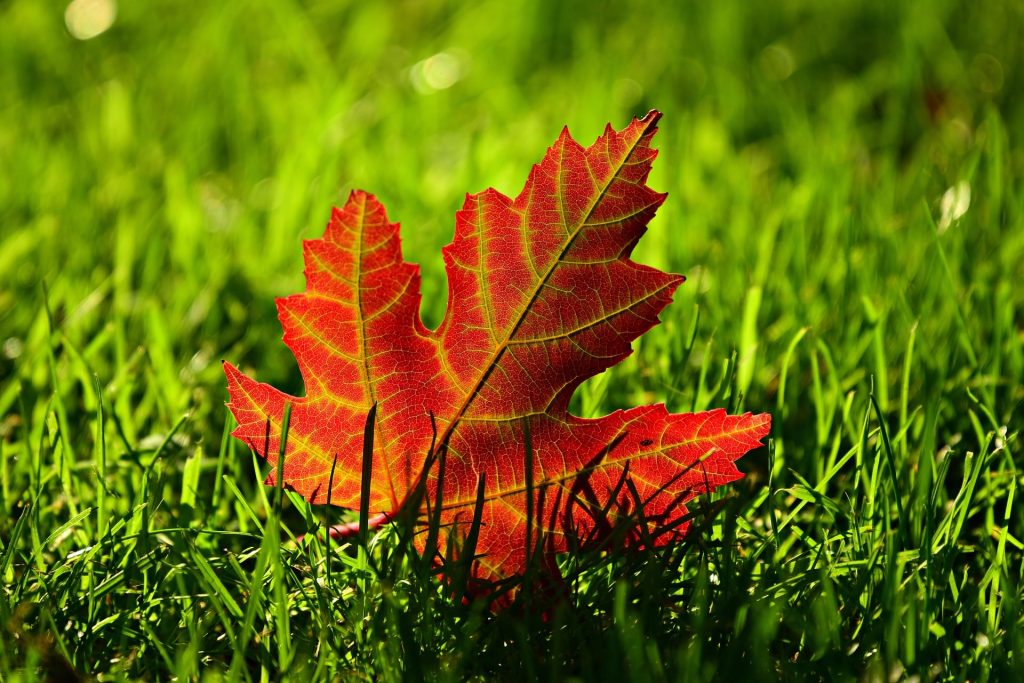
Autumn represents a massive opportunity to do important lawn maintenance. At this time of year, there’s plenty of moisture about, but the weather isn’t too warm, meaning it’s the perfect time to take care of scarification and other lawn care activities.
September
September is a great time to take care of major lawn maintenance items, especially those that you didn’t get around to in spring.
For example, although you can scarify your lawn in the spring, you might not want to ruin the look of your grass right before it’s about to see the most use. Instead, you can take care of the job in September.
You can also aerate the lawn with hollow tines, to help with drainage during the winter. This can make frosts more bearable for your grass. And to prepare your lawn for the winter, you can also seed the ground, especially in bare patches, if you didn’t do this in August.
With regards to mowing, you’ll still need to mow the lawn fairly regularly in September, but you can begin to reduce your mowing frequency as the days get shorter.
October
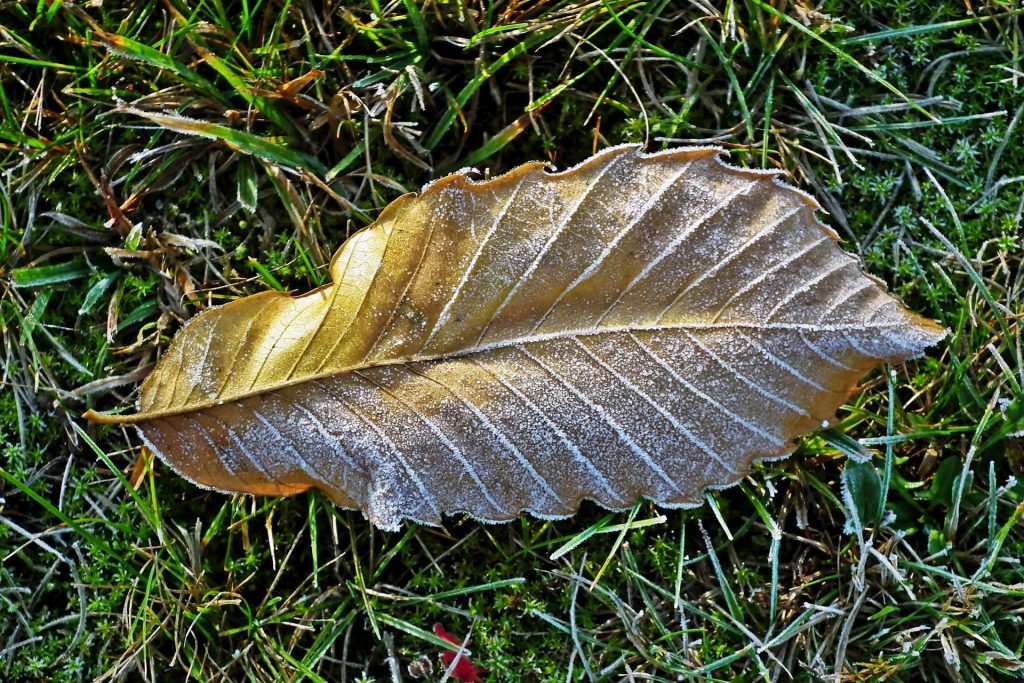
October is the month where grass growth slows down considerably. You will want to raise the cutting height on your mower again, and begin using your lawn mower less frequently.
This is also a good time to apply a winter fertiliser to your lawn, to help prepare it for the winter months. You can also do this in November if you’d prefer.
Also, October is when you need to be more careful to clear leaves and debris from your lawn more quickly. As the weather gets colder, fallen leaves and other debris can cause your grass to become very damp, very quickly, creating ideal conditions for moss. Debris will also block sunlight, which it’s important for your lawn to get during the winter months.
November
In November, the ground will begin to get very cold in most parts of the UK, and you’ll start to get consistent frosts. As a result, you need to keep off your lawn as much as possible, especially when it’s frosty.
You should also do your last mow of the year in November, if you can find a day that isn’t too cold, nor too wet. Leave the cutting blades high, and try to leave your grass about 2 inches tall, or slightly taller. If the weather is still mild you can also do your final mow in December instead.
November is your last chance to deal with any drainage issues, to prevent issues caused by winter frost. If you haven’t already done so, you can wait for a mild November day and aerate the lawn, improving drainage and preventing too much water from settling and freezing on your lawn.
Winter lawn care guide
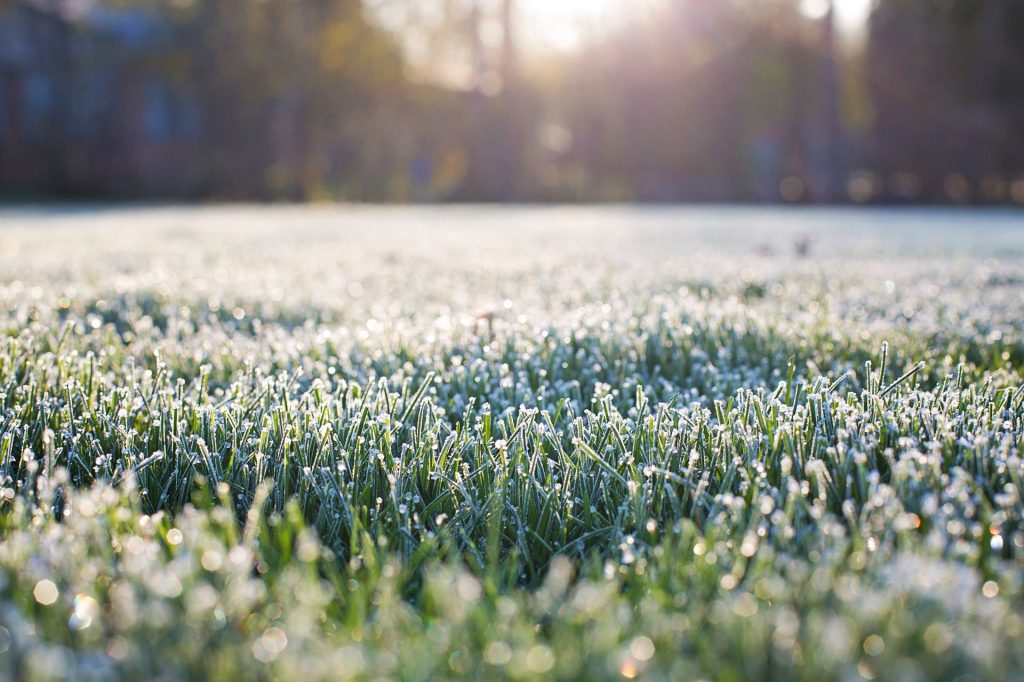
In the winter months, your lawn becomes dormant. For the most part, you can leave your lawn be during the winter, and wait until the weather gets warmer before you do anything.
However, you still want to keep the grass free of leaves and debris during the winter months.
December
In December, as with all winter months, you want to keep off your lawn, especially when there’s frost. Walking on frozen grass can damage your lawn.
If you didn’t do so in November, you can do your final mow in early December, and put away your lawn mower for the winter. Give the blades a good clean, drain any petrol or remove the batteries, and leave it somewhere cool and dry, like your garage or shed. Read our lawn mower storage guide to learn more about packing your mower away for the winter.
This applies throughout the year, but in December you still need to be careful to keep fallen leaves and debris off your lawn. The best way to do this in winter is with a leaf blower – this way, you don’t have to rake and potentially damage your grass when it’s frosty.
January
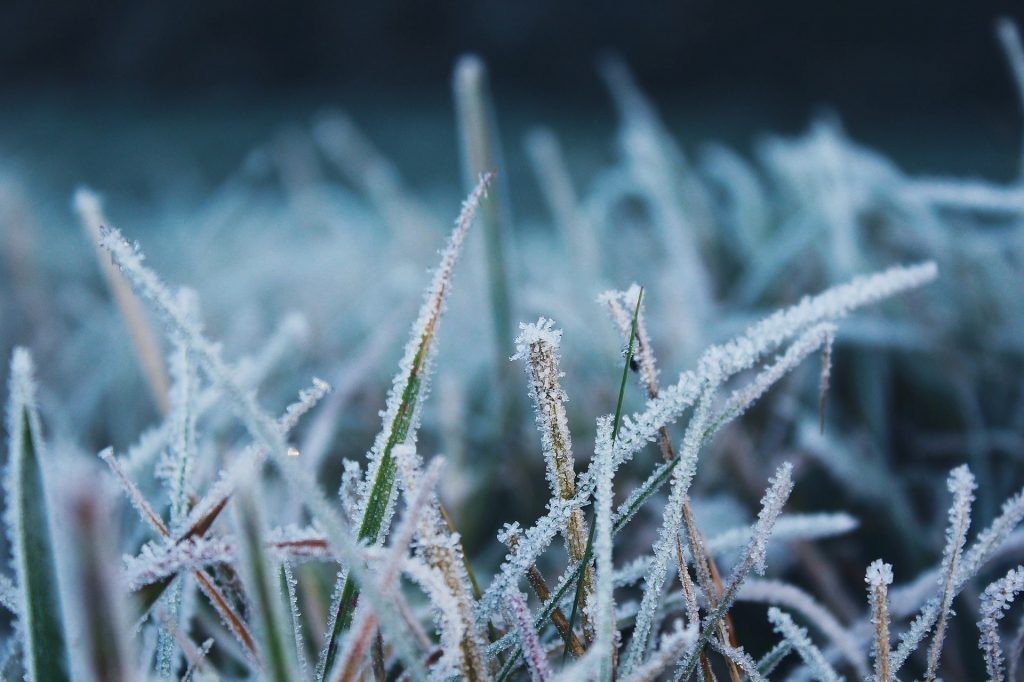
On the lawn care calendar, January is your month off. Take a break and relax – you’ve earned it!
The only thing you need to do in the garden in January is keeping on top of leaves and debris that end up on your lawn.
Also, if you’ve had heavy snowfall, consider brushing it off your plants. Letting snow sit on your grass is generally fine, as long as you don’t walk on it, but some types of plants don’t like being covered in snow for extended periods.
February
In February, it’s still likely to be too cold to do much to your lawn. You still want to keep off the grass while the weather is cold.
However, February is the perfect time to plan ahead, so you can blast out of the blocks with your lawn care plan in early autumn.
Think about:
- Any moss or weed treatment strategies you’ll be using
- Whether you need a new lawn mower, or if your current mower needs servicing
- Whether you’ll be scarifying your lawn this year, and whether you’d prefer to do it in spring or autumn
- Whether you’ll be overseeding your lawn this year, and whether you’d prefer to do it in spring or autumn
- Whether you’ll be applying any fertiliser or top dressing to the lawn in the spring
In late February, you may want to bring out your mower and see how it is after being stored for the winter. Hopefully no rust has developed on the blades, and there are no serious oil leaks.
If these types of issues have arisen, it’s a good idea to service your mower before you begin using it in March or April. You might also like to sharpen the blades in preparation for the new year.
Conclusion
You’ve reached the end of our lawn care calendar! Hopefully this guide helped your prepare a lawn care plan for your garden.
Looking for specific lawn care advice? Feel free to drop us a comment below, and we’ll help out as soon as possible.

I’m Josh, and I’m the head writer at Lawn Care Pro.
I love everything lawns, but I’m a bit of a lawn mower nerd. I spend a lot of my free time tinkering with mowers, and planning my mowing schedule for the next few weeks.
I’m also into cars, which comes in very helpful when servicing a mower engine!

